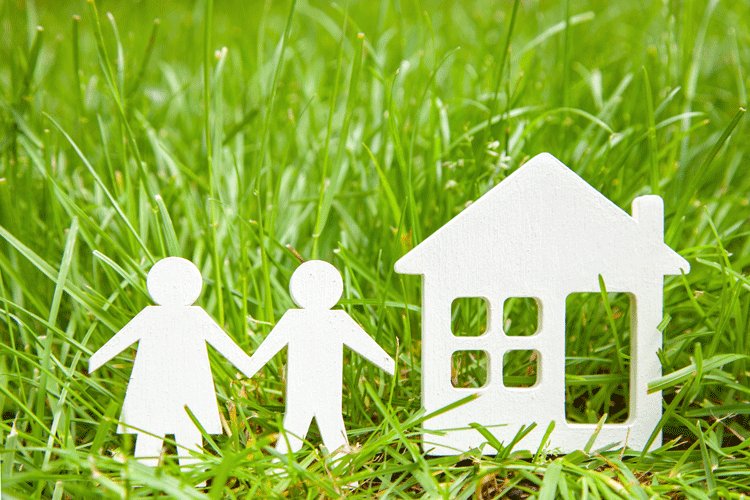Building an Environmentally Green Home: A Sustainable Sanctuary
Are you passionate about minimizing your ecological footprint and creating a healthier living space for yourself and future generations? Building […]

Are you passionate about minimizing your ecological footprint and creating a healthier living space for yourself and future generations? Building an environmentally green home offers an incredible opportunity to align your values with your living environment. By incorporating sustainable design, energy efficiency, and eco-friendly materials, you can create a harmonious dwelling that respects the Earth while providing comfort and functionality. Here’s a guide to help you embark on the exciting journey of building an environmentally green home:
1️⃣ Thoughtful Design:
Start by envisioning a home that maximizes natural light and ventilation, reducing the need for artificial lighting and excessive air conditioning. Consider incorporating passive solar design principles, such as large south-facing windows and shading elements to optimize energy efficiency. A well-planned layout can also enhance the use of space, reducing wasted square footage and resource consumption.
2️⃣ Energy Efficiency:
Harnessing renewable energy sources is key to building a green home. Install solar panels on your roof to generate clean electricity and reduce your reliance on the grid. Opt for energy-efficient appliances, LED lighting, and smart home systems to minimize energy consumption. Well-insulated walls, roofs, and windows will help maintain a comfortable indoor temperature while reducing heating and cooling needs.
3️⃣ Water Conservation:
Water is a precious resource, and designing a home that conserves and efficiently uses water is essential. Install low-flow fixtures in bathrooms and kitchens to minimize water waste. Consider rainwater harvesting systems for irrigation purposes or even graywater systems for reusing water from sinks and showers for non-potable uses like flushing toilets. Landscaping with native plants that require less water is another sustainable option.
4️⃣ Sustainable Materials:
Choose eco-friendly materials with a low carbon footprint. Opt for responsibly sourced wood, bamboo, or reclaimed materials for flooring, furniture, and cabinetry. Insist on non-toxic paints, adhesives, and finishes to maintain healthy indoor air quality. When it comes to insulation, consider environmentally friendly options like recycled denim or cellulose insulation.
5️⃣ Efficient Heating and Cooling:
Implementing energy-efficient heating and cooling systems is crucial for both comfort and sustainability. Geothermal heat pumps or radiant floor heating systems can provide efficient and eco-friendly warmth in winter, while natural ventilation strategies like ceiling fans or operable windows can cool the home during summer months. Ensure your HVAC system is properly sized and maintained to optimize performance and energy efficiency.
6️⃣ Smart Technology:
Embrace smart home technology to monitor and manage energy usage. Automated thermostats, motion sensors, and energy monitoring devices can help you track and optimize your energy consumption. Smart lighting systems can adjust illumination levels based on natural light availability, further reducing energy waste. Efficient home automation not only saves resources but also enhances convenience and comfort.
7️⃣ Water and Waste Management:
Implement effective water and waste management systems to reduce environmental impact. Install high-efficiency toilets and water-saving fixtures. Consider composting toilets to transform waste into valuable fertilizer. Implement a recycling and composting system to minimize landfill contributions. Explore the possibility of incorporating green roofs or rain gardens to manage stormwater runoff and improve biodiversity.
8️⃣ Natural and Healthy Interiors:
Choose natural and non-toxic materials for your interiors. Opt for organic textiles, such as cotton, hemp, or linen for upholstery and bedding. Utilize low-VOC (volatile organic compound) paints and finishes to improve indoor air quality. Maximize natural lighting and bring the outdoors inside with ample windows and indoor plants, creating a vibrant and healthy living environment.
Building an environmentally green home is a significant step towards a sustainable future. By implementing thoughtful design, energy efficiency measures, and eco-friendly practices, you can create a haven that not only respects the planet but also enhances your well-being. Embrace the opportunity to make a positive impact and inspire others to follow in your footsteps. Together, we can build a greener and more sustainable world for generations to come!